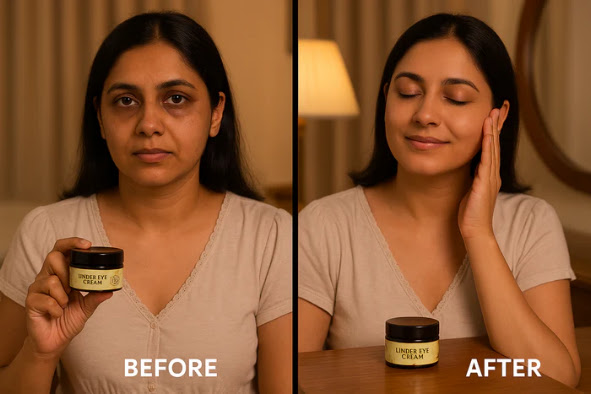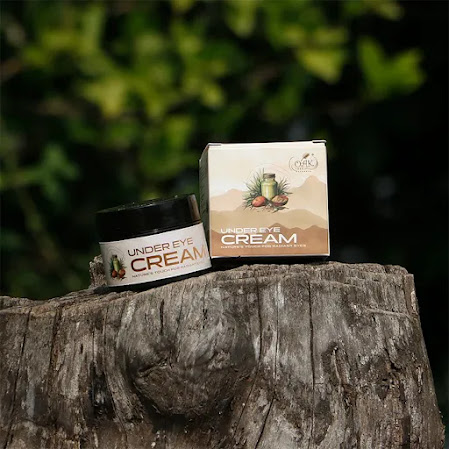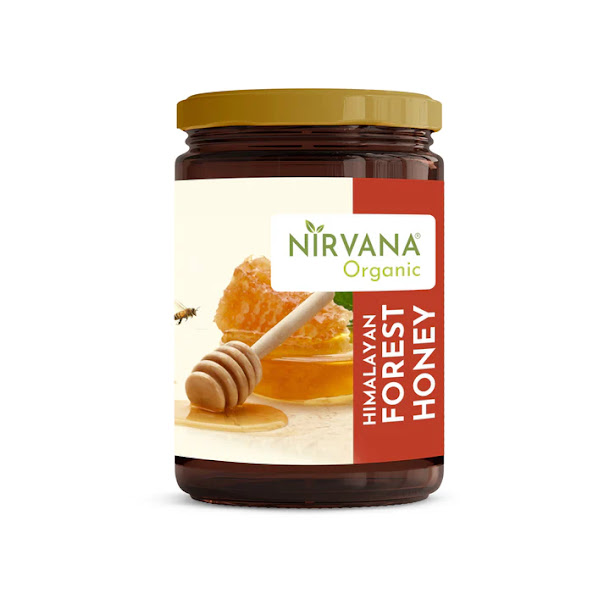DIY vs. Store-Bought Under-Eye Creams: Which Works Better?
Regular face moisturizers lack the capabilities to address concerns of eye skin due to its thin, sensitive nature; thus, eye creams specifically target this area. Your eye skin provides visible indications about your state of health. The thin texture, along with minimal oil glands, enables the face to expose all late-night activities and emotional stress together with ordinary life events. All people experience this because their facial expressions keep a personal record of everything.
Things such as puffiness, circles, and little wrinkles under your eyes are the result of a combination of the way you live and what's going on inside you. Lab-made creams and DIYs both address these but in different ways. Creams are manufactured in the lab using some ingredients, while DIY home remedies involve natural materials that you most likely already have at home. Let's go through how they're similar.
Under-Eye Creams
These are the pre-packaged, high-gloss answers you pick up at a store, usually with big promises and varied prices. Some of them are chemically formulated, some are all-natural. They're formulated specifically for that sensitive skin around the eyes.
DIY Home Remedies
These are the DIY home remedies from Grandma or viral on social media—tea bags, cucumbers, or mashed-up fruits. They're budget-friendly, they're natural, and they're reminiscent of a spa day at home.
Ingredients: What's Inside?
Under-Eye Creams: These are loaded with herbal treats such as aloe vera, potato starch, and vitamin K (to tighten blood vessels and eliminate dark circles). Most claim to cure puffiness and shadows well, but beware—some have hidden artificial additives such as synthetic fragrance or stabilizers to prolong shelf life.
Home Remedies: Such homemade solutions take their inspiration from kitchen-based natural ingredients—slices of cucumber, tea bags, raw aloe vera gel, and turmeric. They're all 100% natural, lab-created extras for free, but effects can take a few weeks or even months of regular use to take hold, depending on frequency and skin adaptation.
Purpose: What Do They Do?
Under-Eye Creams: Designed to hydrate, depuff, and brighten that fragile under-eye zone in one sweep. High-performance actives and peptides ensure that they're designed for quicker, more extreme results.
Home Remedies: These are gentler and less flashy, banking on nature's steady hand. These are okay for minor issues, but miracles aren't taking place in the morning—these are more a gentle, long-term investment in your skin.
Ease of Use
Under-Eye Creams: The ultimate grab-and-go option. Pop open the tube, dab a little under each eye with your fingertip, and you’re out the door in under a minute. No mess, no fuss—perfect for busy mornings or when you’re too wiped out to think.
Home Remedies: These take longer and are more laborious. You're slicing cucumbers, steeping tea bags in boiling water and then chilling them, or blending turmeric and honey to paste that will ruin your sink. It's do-it-yourself and something like a small project—great if you're like that, but terrible if you're impatient or just in a rush.
Cost: Budget-Friendly?
Under-Eye Creams: These come with a price tag. The cost reflects the convenience and potency, but it’s an investment that might sting if you’re on a tight budget. Still, a little goes a long way, so one tube could last months.
Home Remedies: It is probably already on your shelf or in your fridge. Even if you must purchase something (such as an extra aloe plant), it's a single upfront, low-payment investment that continues to reward. Ideal for anyone who'd rather pinch pennies than splurge.
Safety
Under-Eye Creams: Usually safe, especially if they're made with natural ingredients, dermatologically tested, and labeled explicitly for sensitive skin. But others have perfumes (for that nice smell), preservatives (not to spoil), or alcohol (to dry fast), which can sting if your eyes are extremely sensitive. Always patch-test on the wrist first to avoid an unexpected reaction.
Home Remedies: Totally safe if ingredients are worked with and stored in fresh, non-gimmicky ways—i.e., clean hands and refrigerated leftovers to prevent bacteria. But some, such as lemon juice (too acidic for sensitive skin) or raw turmeric (might stain), will dry out or sting sensitive spots if used too much.
Read Also:- 12 Skincare Mistakes That Make Your Dark Circles Worse
The Verdict
For quick, effective, and effortless results, use a natural under-eye cream: Select a product developed with effective natural ingredients such as caffeine to fight puffiness, aloe vera to calm and moisturize, or arnica to fight discoloration and swelling. Opt for light, non-oily creams that are quickly absorbed by the sensitive skin beneath the eye and work visibly within a few days.
For affordable, organic, and do-it-yourself-friendly solutions, rely on home remedies: Tap your home for low-cost, chemical-free treatments that don't take a lot of effort. Place cold slices of cucumber on depuffing and cooling eyes and their high water content on skin to hydrate it, or place cold, brewed green tea bags rich in antioxidants and tannins on skin to tighten it and erase dark circles.
.webp)

.jpg)

Comments
Post a Comment